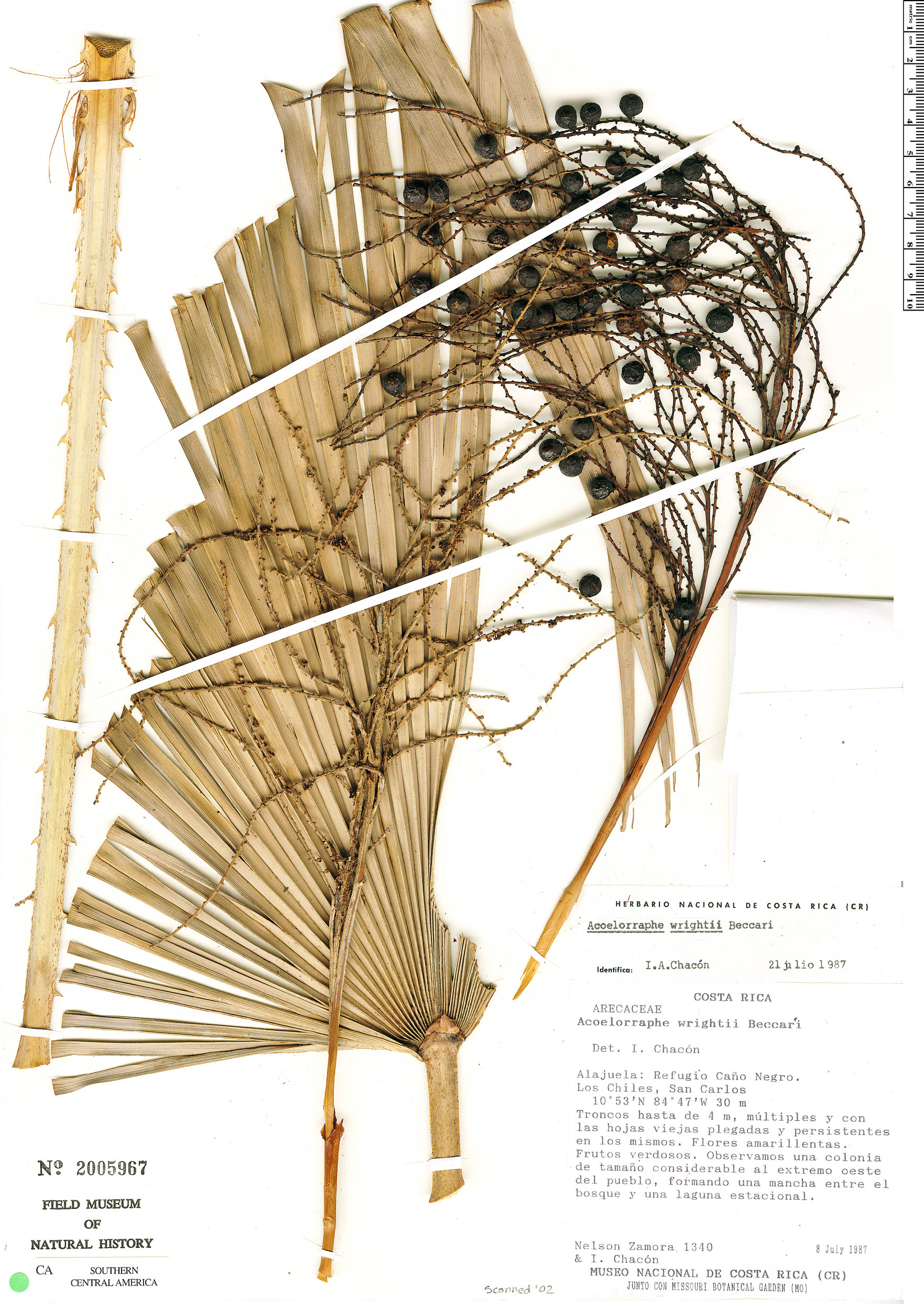

|
|
|
|
Family: Arecaceae
Everglades Palm
[Acoelorraphe arborescens (Sarg.) Becc., more] |
|

Development supported by National Science Foundation Grants
(DBI 9983132,
BRC 0237418,
DBI 0743827,
DBI 0847966)
Powered by Symbiota
Powered by Symbiota































